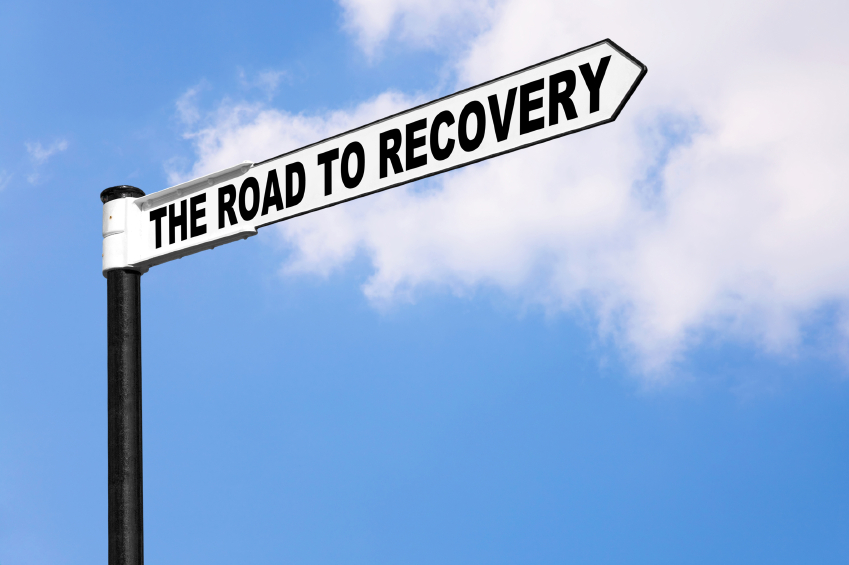What Facility Managers Can Do In The Aftermath Of A Crisis


Regardless of what industry your company is a part of, or the size of your facility, crises are inevitable. How you and other facility managers handle the crisis and it’s aftermath helps define public perception of your organization. It also shows your employees how stable your facility is, which directly relates back to their confidence in their employer.
Hopefully you have carefully laid out a crisis plan, as defined in our blog 7 Steps To Get Your Facilities Management Team Ready For A Crisis. But once this plan has been forced into action, how do you pick up the pieces? Exactly how you handle aftereffects is defined but the specific crisis, who all is involved and how widespread the damage. But there are a few things you will want to consider, regardless of how broad the scope of damage is.
Recovering From Physical Damage
Fires, tornadoes, hurricanes and flash flooding. Mother Nature can wreak havoc on our businesses, virtually putting us out of business until you are able to rebuild. A recent article by Missouri Business recommends that “As part of your disaster preparedness planning, you should create a delayed access  strategy that will guide your actions immediately post-disaster if you are not able to enter or utilize your facility.”
strategy that will guide your actions immediately post-disaster if you are not able to enter or utilize your facility.”
Another helpful thing to do as part of your emergency preparation is to load all of your tangible assets into an asset management software module such as iOffice’s. That way you have access to a complete list of all your tangible assets, along with pictures and purchasing or leasing documents. Having all this information easily accessible, all in one place, will save you countless hours and headache. You can also provide this information to your insurance carrier, avoiding any issues trying to prove what you owned, the age of the assets and anything else they might need.
As soon as it is safe, there are several steps facility managers will want to take to get business running again, even if at minimal capacity.
– Reconnect- Establish a phone line (or redirect to your cell phone) as soon as you can and reach out to family, friends, employees and customers. Contact your insurance company and suppliers/vendors. Once they know what has happened, they can jump into action.
Often when a major event occurs in an area, the increase in cell phone activity causes delays in communication. These signal interruptions further exasperate the problem of being able to send out timely information when most needed. An effective means of overcoming this issue is to invest in two-way radios for your Plant Manager, ERT, security and “floor captains”. Since these radios are not on a shared network, they are very reliable in a crisis, allowing you instant communication with your key players all at once.
– Make a list- You likely have a laundry list of things to do and trying to tackle them all at once can be overwhelming. Prioritize your list and delegate those tasks that can be handled by your employees. They will appreciate the diversion and will feel they are doing their part.
– Deal with your finances- Depending upon how widespread the damage is, simply pulling money out of a bank account is an issue. And expenses will start piling up right away. Your insurance agent should be able to provide you with valuable information regarding loss of use payments to help get that cash-flow going again.
– Take photos and keep all paperwork- Once teardown begins and repairs start happening, you will have lost your opportunity to properly record the damage. Start documenting immediately to save yourself an unnecessary headache later.
As soon after physical damage is incurred, have your designated representative meet with local emergency authorities to determine what immediate actions need to be taken to get your business up and running again.
Be sure you have a clear understanding of your insurance coverage BEFORE an incident occurs and furnish your representative with all relevant paperwork regarding insurance, legal paperwork and financial documents. Remember that you are not the only individual that is impacted by this crisis; your employees and clients are feeling the aftereffects as well. Maintaining an open line of communication from beginning to end reminds everyone impacted that you are empathetic to their situation as well and maintains a level of trust that is critical to the health of your business.
Buildings impacted by natural disasters are often breeding grounds for contamination, so the first 48 hours after the event are critical. Consult with your service professionals, and an OSHA-certified specialist if necessary, to determine your next best steps to ensure the safety of your staff and minimization of damage.
Communication is Key
Whether yours is a crisis of Mother Nature, such as a tornado, or man-made, such as a violent individual in the building, an open line of communication must be maintained at all times. It is imperative that you notify those outside your business, such as your partners, suppliers and customers. ”But in the midst of the panic and confusion that often follow a disaster affecting your business, don’t forget to reach “in” to your employees.” Bear in mind that, regardless of the size of your business and the number of employees you have, their lives are also affected by this disaster. Whenever livelihoods are at stake, lives are lost or safety is threatened, your workforce is in a particularly vulnerable state.
Open and honest communication with your employees is critical. Be patient with their questions and communicate with them more often than normal. Remember that much of your business is currently in chaos; don’t add loss of staff to your list of problems.
Depending upon the nature of the crisis, the media may be an added element to the equation. Assign a spokesperson to field all media questions and concerns and encourage them to be forthright in their answers as often as appropriate. Lack of response or an answer of “no comment” only causes suspicion, as if you have something to hide.
Communication after a disaster may also involve outside resources such as therapy. In the wake of a violent crisis such violence in the building, many businesses have brought in therapists to help everyone cope with the trauma. And in the event of a natural disaster, it is important to keep in mind that members of your workforce may be dealing with their own personal loss as well. Not only do you further solidify your relationship with employees by showing compassion, you also help ensure they are able to be there for your business, rather than out on sick leave trying to cope.
Evaluate Your Crisis Plan
As soon as the dust has settled, it is important to consult with everyone involved in the crisis and gather input regarding the effectiveness of your Crisis Plan. Hopefully your initial plan included a Crisis Scorecard to aid you in evaluating every aspect of how the disaster was handled. Hopefully you will not have to deal with another one crisis in the near future, but it is important you know where you went wrong and where you went right, so that you can update your plan accordingly.
Crises of some magnitude are inevitable no matter what business you manage. The health of your company is dependent upon your composure during the disaster, how quickly you respond and how you react. While the possibilities of what could occur are seemingly endless, following these few steps can help you diminish the aftereffects and get back to the business at hand as quickly as possible.
